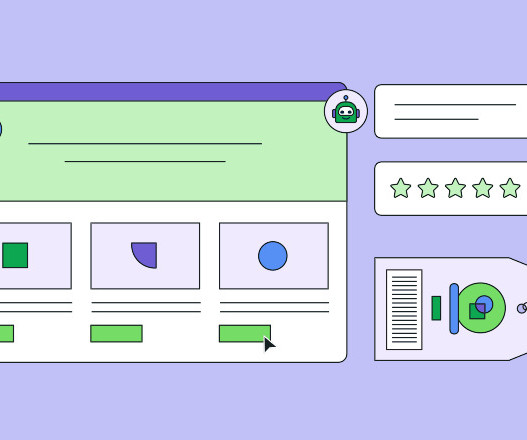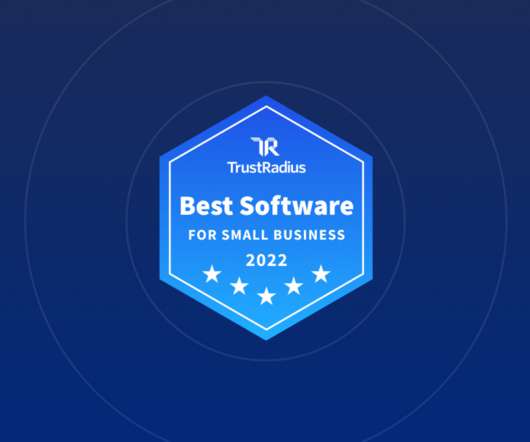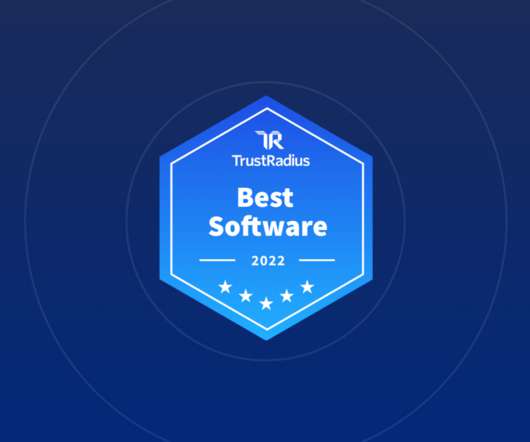Nine Social Media Marketing Stats You Can Use
Webbiquity
FEBRUARY 13, 2018
According to Google Trends, social media marketing as a topic if search interest recently turned nine years old (or is about to turn 11 years old, depending on when you place its origin). Twitter emerged at the SXSW conference in March 2007. More than half of online adults (56%) use more than one of the top five social media platforms.














































Let's personalize your content